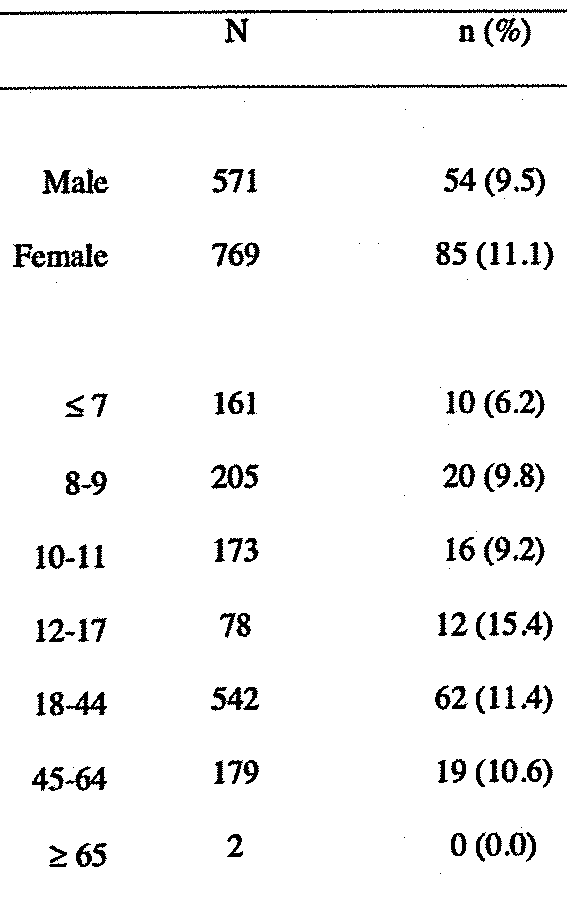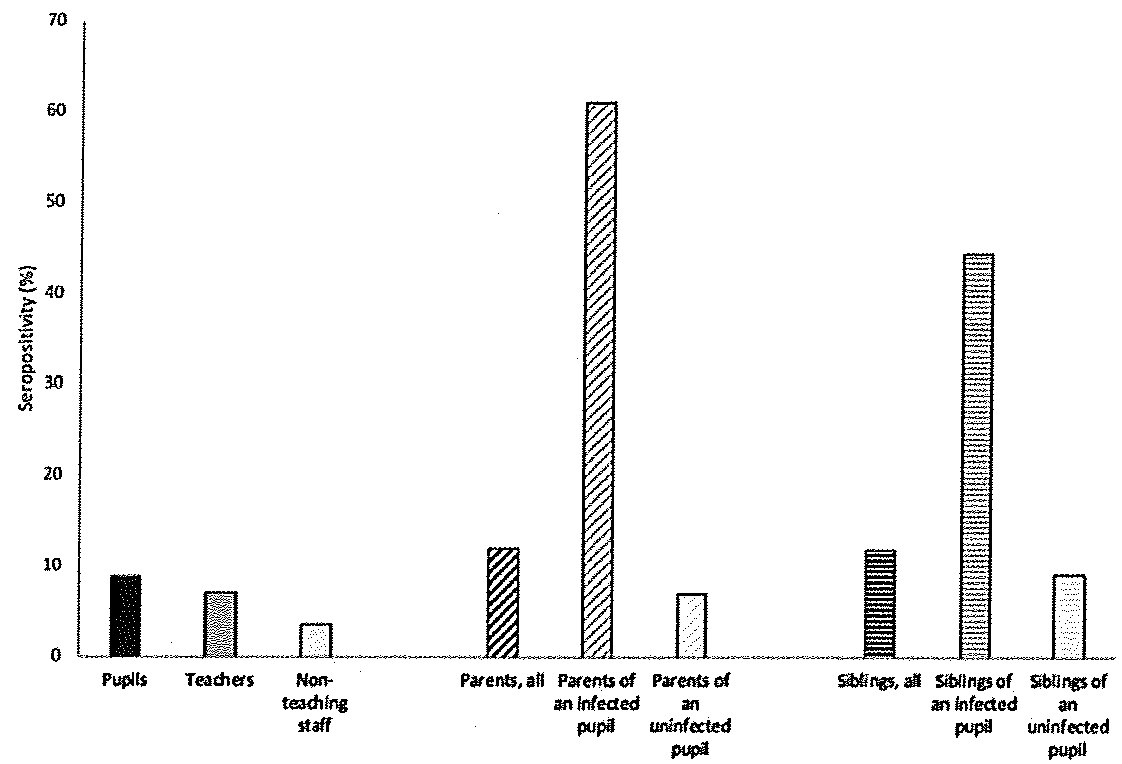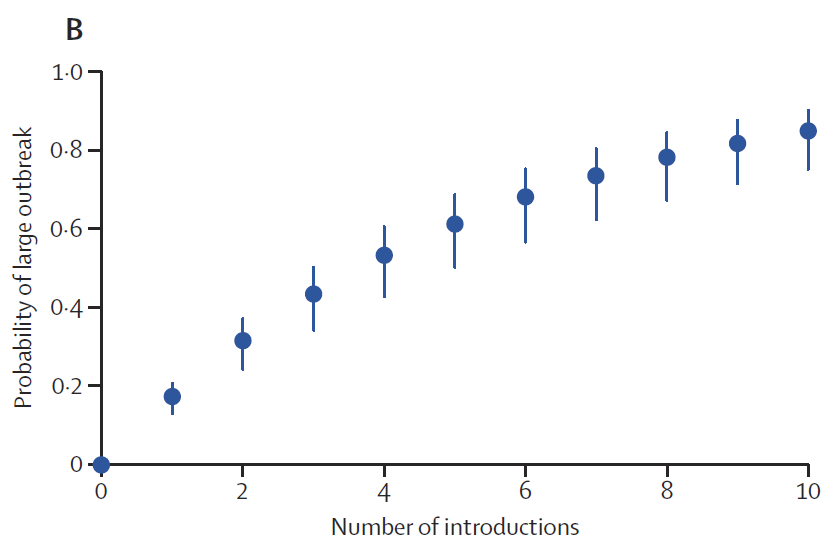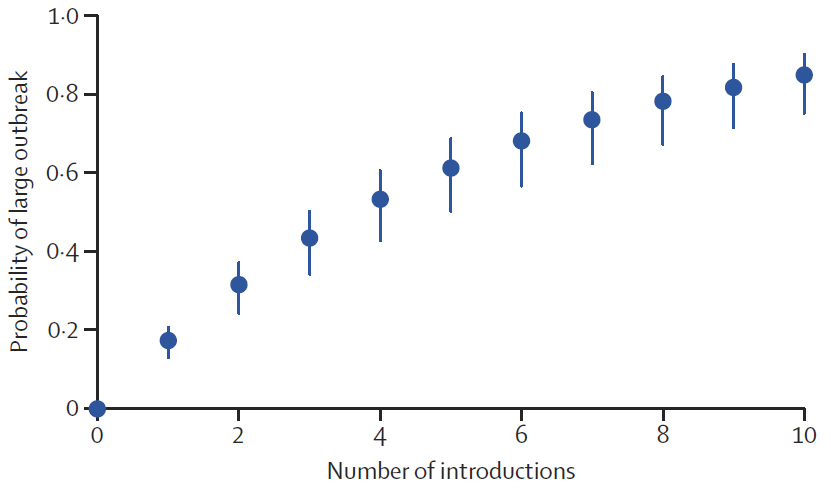Misleading paper is being promoted as showing that transmission in schools is unlikely and children are less susceptible to #COVID19. Data presented show opposite - equal attack rate in all ages. Evidence on no w/in school transmission extremely weak.
https://arxiv.org/ftp/arxiv/papers/2006/2006.08471.pdf">https://arxiv.org/ftp/arxiv...
https://arxiv.org/ftp/arxiv/papers/2006/2006.08471.pdf">https://arxiv.org/ftp/arxiv...
What are the actual data in paper? Seroprevalence data from pupils & their siblings & parents, teachers, & staff at 6 primary schools (6-11yr). Attack rate similar across age groups (P=0.36), so no evidence at all for lower susceptibility; if anything higher for 12-17.
Data show very clear evidence of w/in household transmission w/ parents & siblings of seropositive pupil have very seroprev compared to total sample. W/in household attack rate appears very high. Very cool, but doesn& #39;t address Q of who brought virus to household.
What is evidence for paper& #39;s claim of "no evidence of onward transmission in the school setting"?
Not much evidence at all! Claim seems to be based on this sentence and a bunch of speculation:
Not much evidence at all! Claim seems to be based on this sentence and a bunch of speculation:
"evidence" for 3 introductions & no transmission from children is:
3 viral introductions = a seropositive child & estimate of their symptom onset date based on recall
no transmission = no seropositive children retrospectively reporting symptoms in next 14 days in same 3 schools
3 viral introductions = a seropositive child & estimate of their symptom onset date based on recall
no transmission = no seropositive children retrospectively reporting symptoms in next 14 days in same 3 schools
This is badly flawed for 3 reasons
1) symptom recall is notoriously unreliable especially several weeks later
2) lack of symptoms is even less reliable
3) even if there were 3 introductions, prob of little onward transmission given heterogeneity is ~45%...
https://doi.org/10.1016/S1473-3099(20)30144-4">https://doi.org/10.1016/S...
1) symptom recall is notoriously unreliable especially several weeks later
2) lack of symptoms is even less reliable
3) even if there were 3 introductions, prob of little onward transmission given heterogeneity is ~45%...
https://doi.org/10.1016/S1473-3099(20)30144-4">https://doi.org/10.1016/S...
Analyses by @_akiraendo @AdamJKucharski @sbfnk suggest that >50% of individuals infected w/ SARS-COV-2 will fail to infect anyone while a minority (10%) lead to most (>80%) infection.
https://wellcomeopenresearch.org/articles/5-67 ">https://wellcomeopenresearch.org/articles/...
https://wellcomeopenresearch.org/articles/5-67 ">https://wellcomeopenresearch.org/articles/...
Thus, it& #39;s basically a coin-flip as to whether 3 introductions would lead to much onward transmission even if children have the same likelihood of onward transmission as the general population.
(same fig as above).
(same fig as above).
Thus this study seems to be being used by people that want to believe something (children less susceptible) even though the data show the opposite (equal attack rates across ages), & are ok resting on flimsy evidence to make strong claims about probability of spread in schools.
I don& #39;t think data on relative susceptibility or infectiousness of children vs adults are convincing so far (& are often biased: https://twitter.com/DiseaseEcology/status/1274803608836399104).">https://twitter.com/DiseaseEc... I think we should think critically about this important issue. Let& #39;s not let our priors overrun the data!
Thx @DrZoeHyde @c_drosten for valuable info/data on this question.
Link in 1st tweet is incorrect. Here is the actual paper:
https://www.pasteur.fr/fr/file/35404/download
Apologies.">https://www.pasteur.fr/fr/file/3...
https://www.pasteur.fr/fr/file/35404/download
Apologies.">https://www.pasteur.fr/fr/file/3...

 Read on Twitter
Read on Twitter







